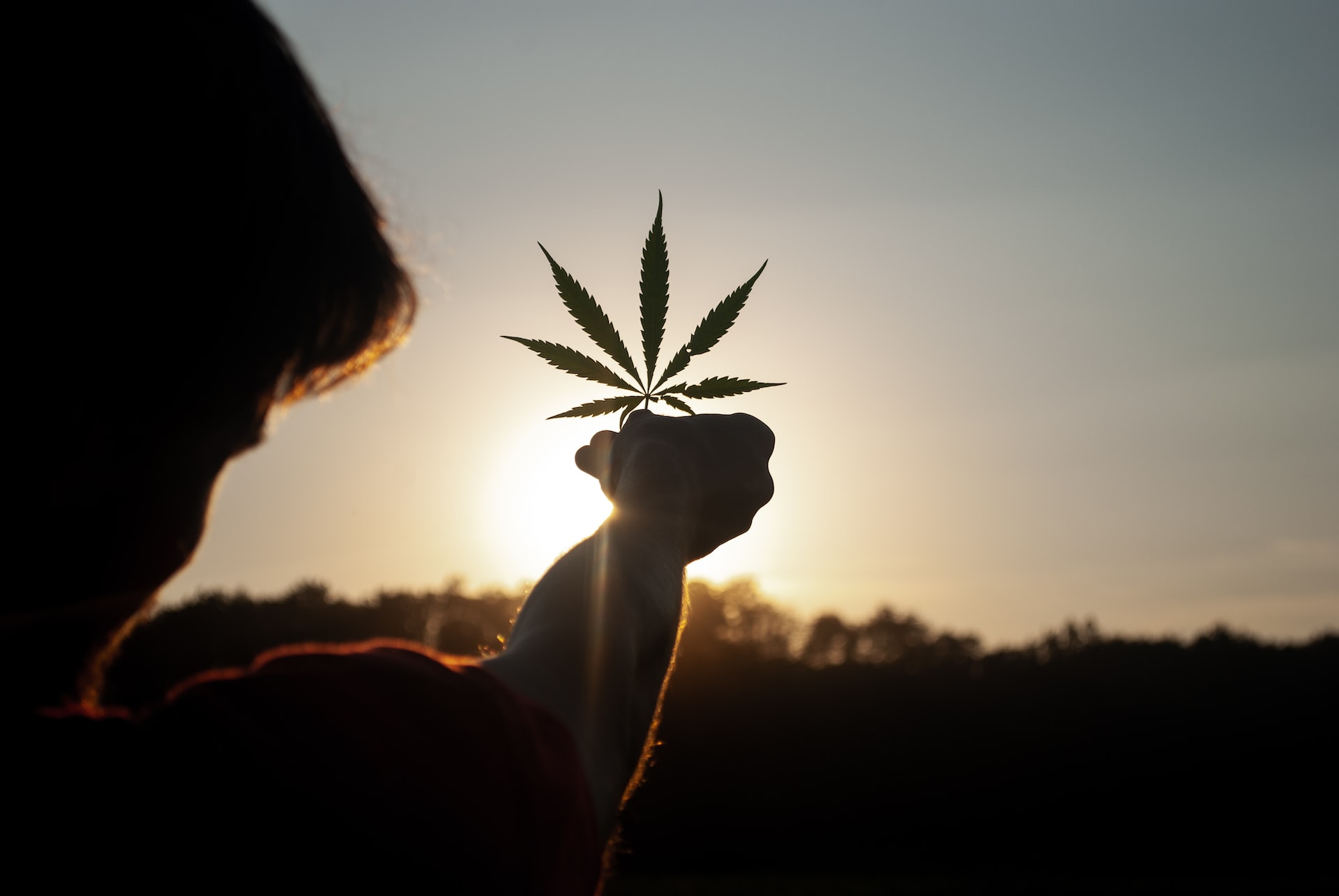Purpose and Legality:
One of the oldest medicines that has been utilized globally is cannabis. The use of cannabis for medical purposes is becoming more prevalent in the United States as a consequence of laws being passed in a number of states. In the US, millions of patients use medicinal marijuana to treat conditions including multiple sclerosis, chronic pain, and chemotherapy-induced nausea.
Each state has its own laws governing the use of medicinal marijuana. Users of medicinal marijuana can buy the same products in recreational marijuana shops in other regions, including California. Medical cannabis clinic users are not allowed to purchase any cannabis products that can be smoked in some states, like New York..
For Which Diseases is Cannabis Useful For?
The data supporting cannabis-based treatment is not well established since it has not been submitted to substantial testing in clinical investigations. There is evidence that cannabis-derived medicines may have some effect as an additional treatment option for the management of chronic pain in adults, the reduction of nausea and vomiting caused by chemotherapy, the relief of pain caused by muscle spasms in people with multiple sclerosis, and the therapeutic intervention of two rare forms of severe epilepsy in children.
Understanding Which is Real Medical Cannabis:
The use of marijuana to get high and the production of therapeutic goods from cannabis are very different from one another. The cannabis plant contains more than 100 cannabinoids, including THC, the cannabinoid responsible for the euphoric effects of marijuana use or smoking.
While prescription medicines developed from the cannabis plant usually include extracting beneficial cannabinoids and improving their manufacture to minimize danger. Depending on the health problem they are prescribed for, these prescription medications may contain varying amounts of cannabis.
The National Institutes of Health estimate that people have been using cannabis, sometimes known as marijuana, to cure illnesses for at least 3,000 years. Cannabidiol, a component of cannabis, was approved as a therapy for some forms of epilepsy; nonetheless, the Food and Drug Administration has not found cannabis to be safe or beneficial in treating any health condition.
TCH and CBD Levels:
Cannabis contains about 100 active compounds known as cannabinoids. The two most often utilized cannabis components are THC and CBD. The major element in cannabis that impacts cognition and causes folks to feel “high” is THC. CBD, although not being euphoric, has several medical benefits.
According to a nationwide survey, most cannabis consumed for therapeutic and recreational purposes has more THC than CBD. Most smokable legal cannabis products contain more than 15% THC and very little CBD, according to the research.

